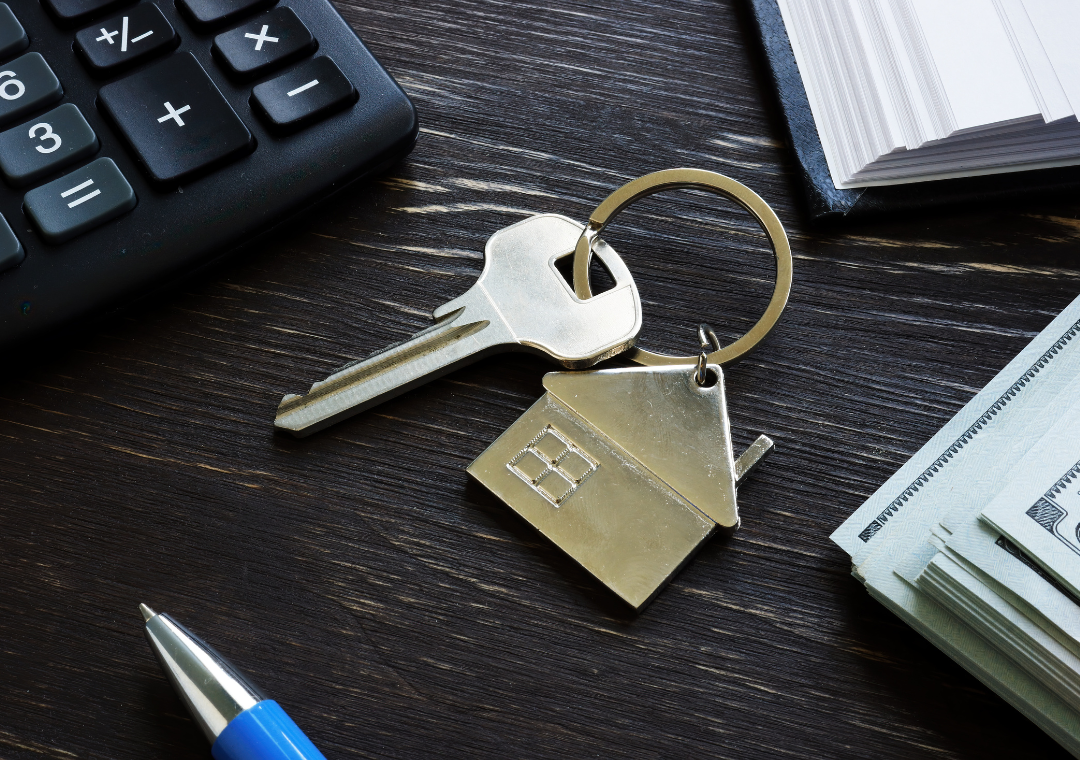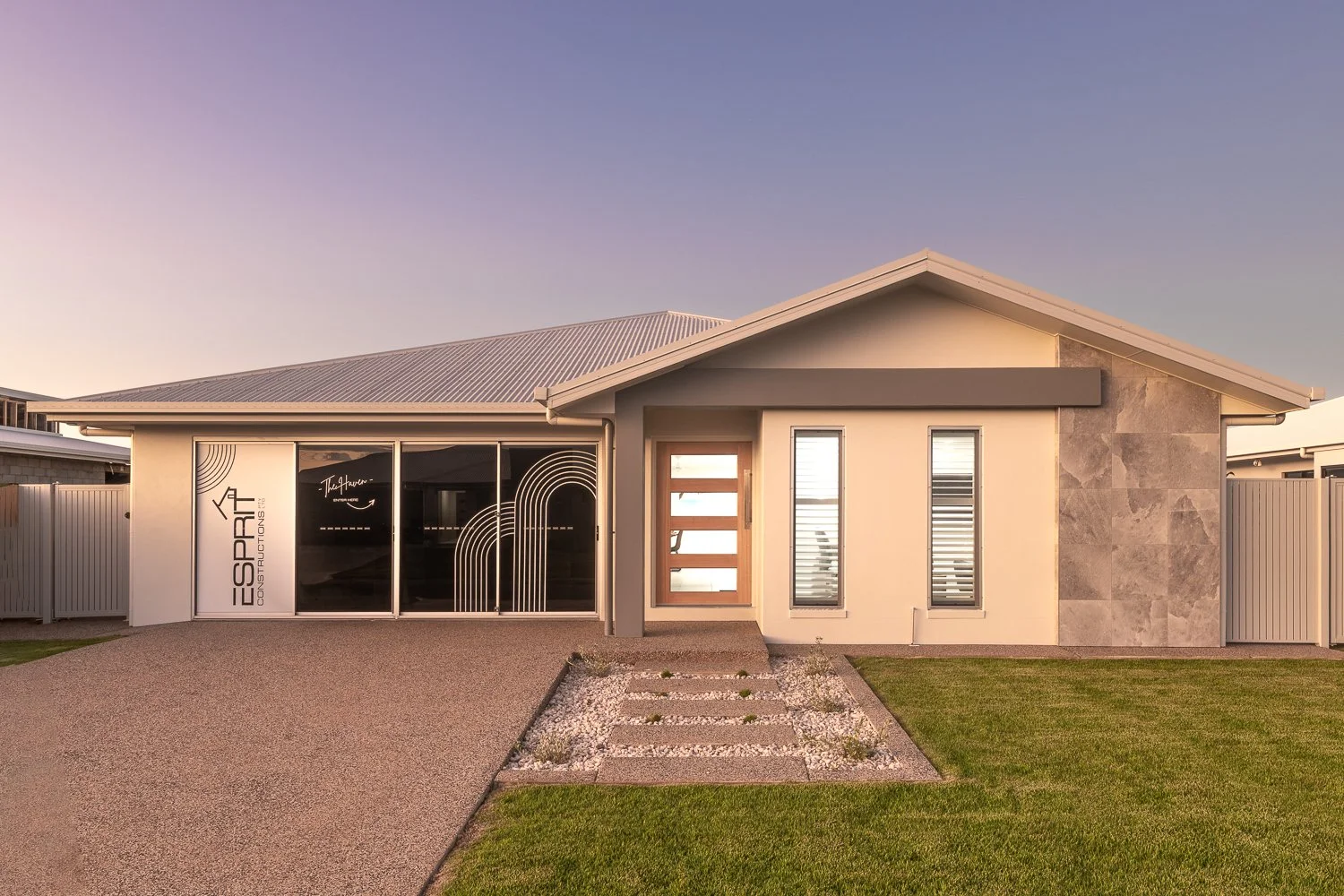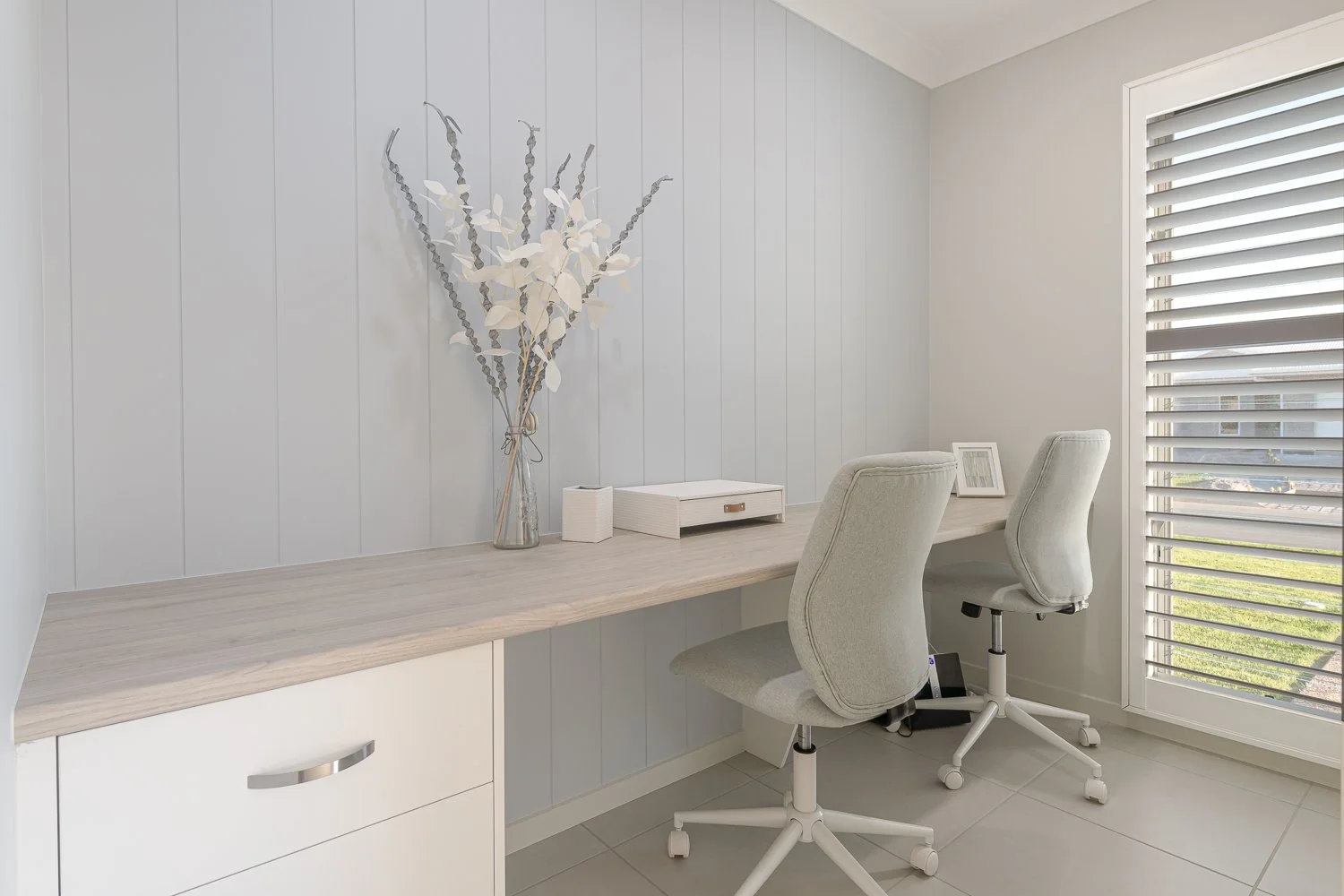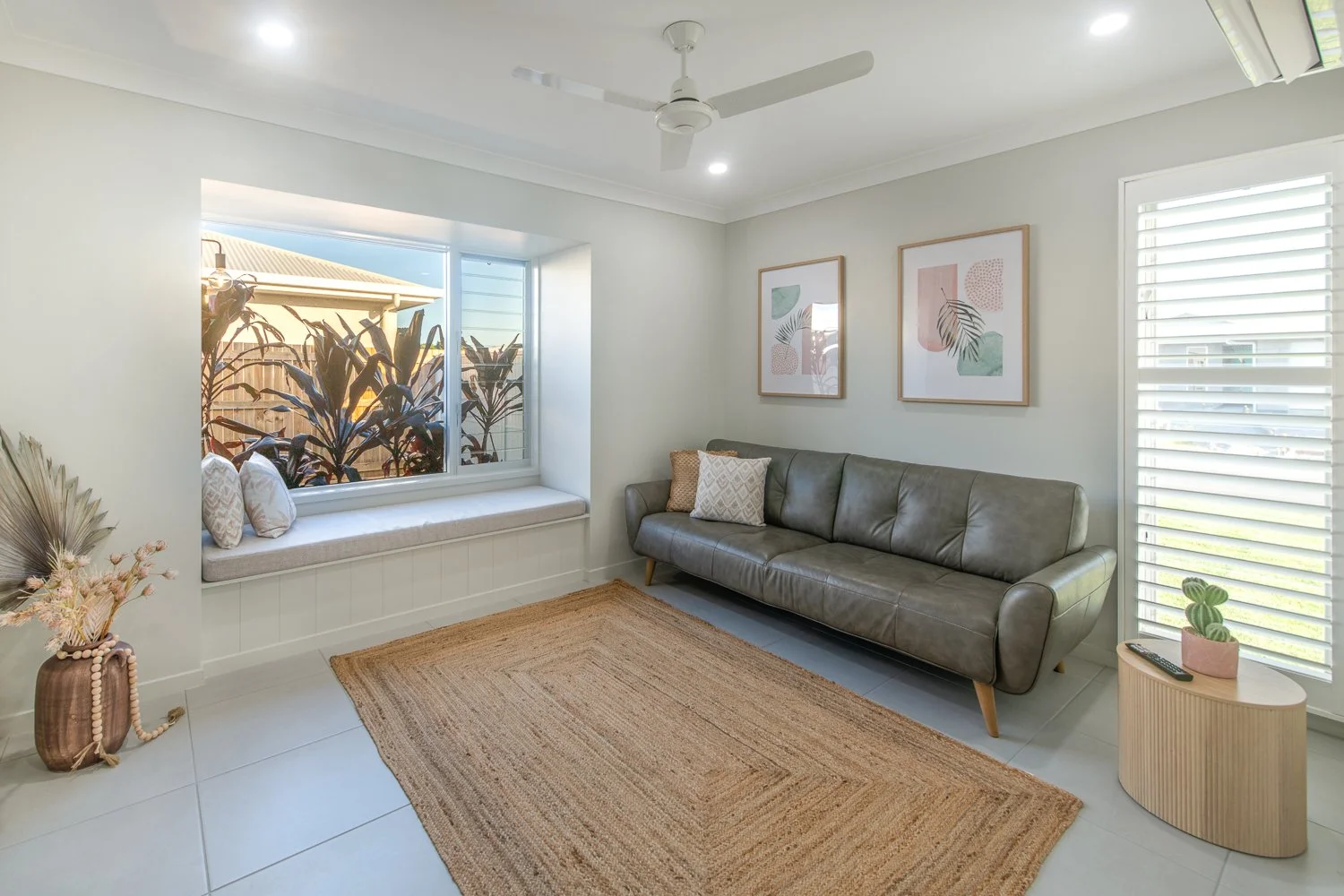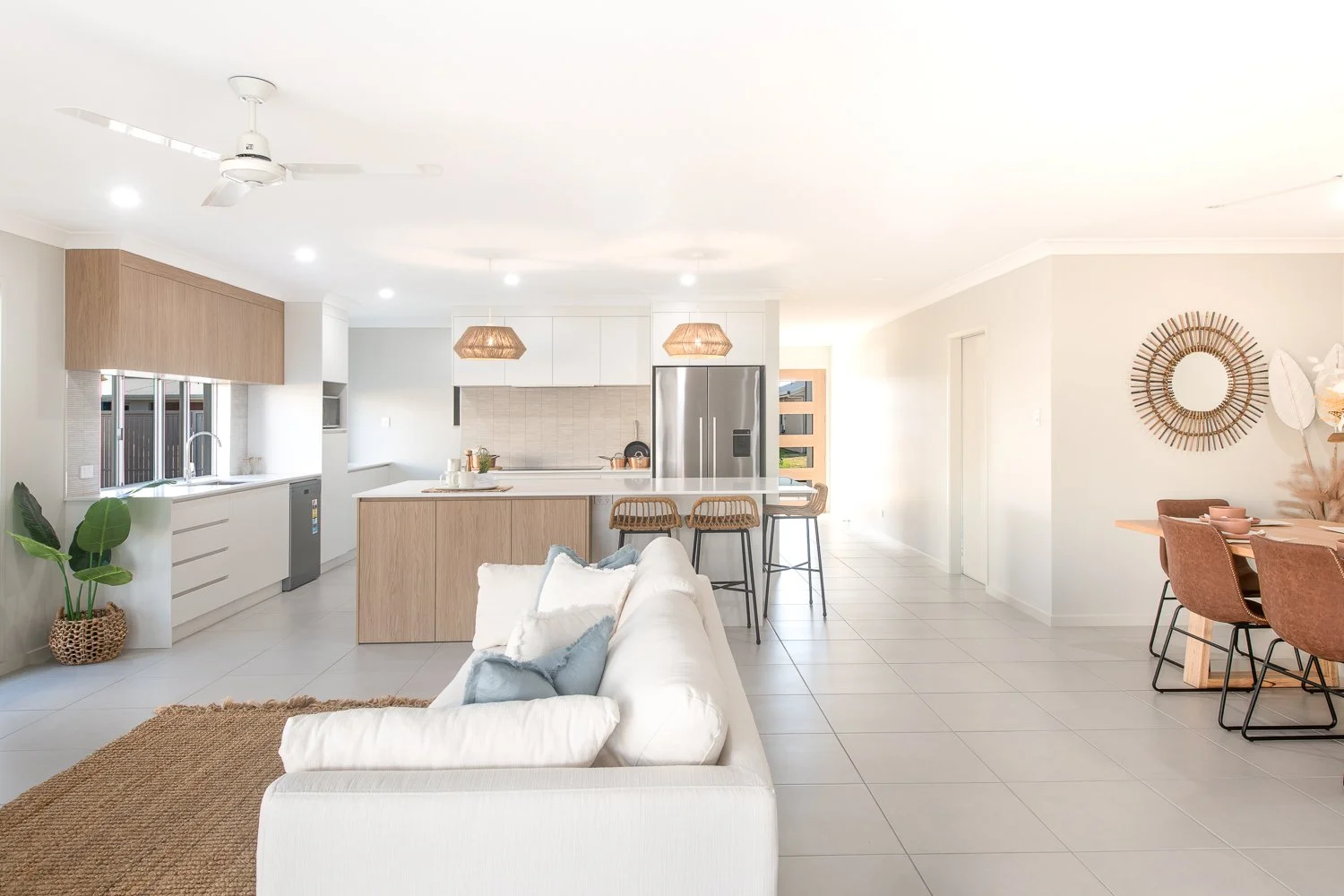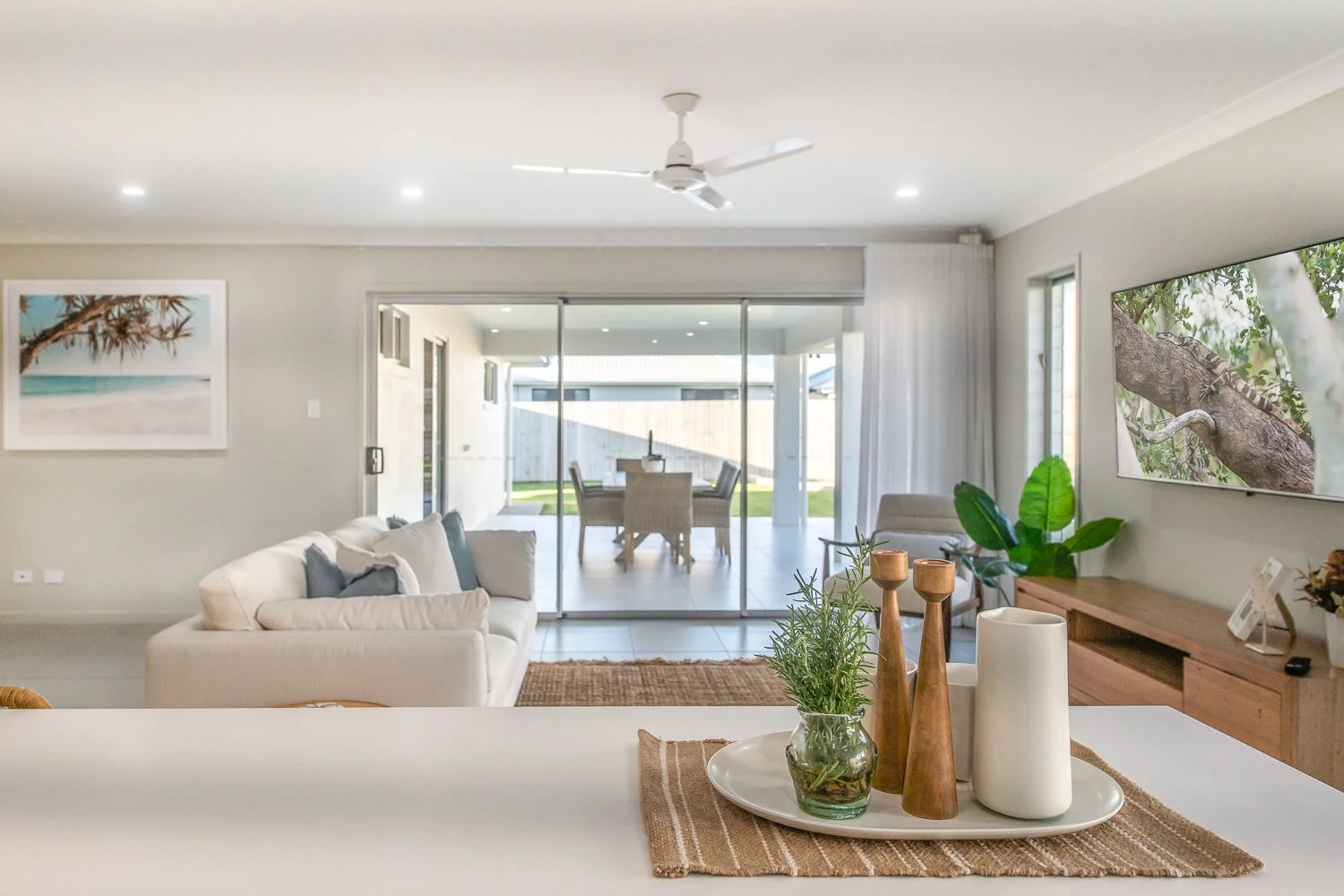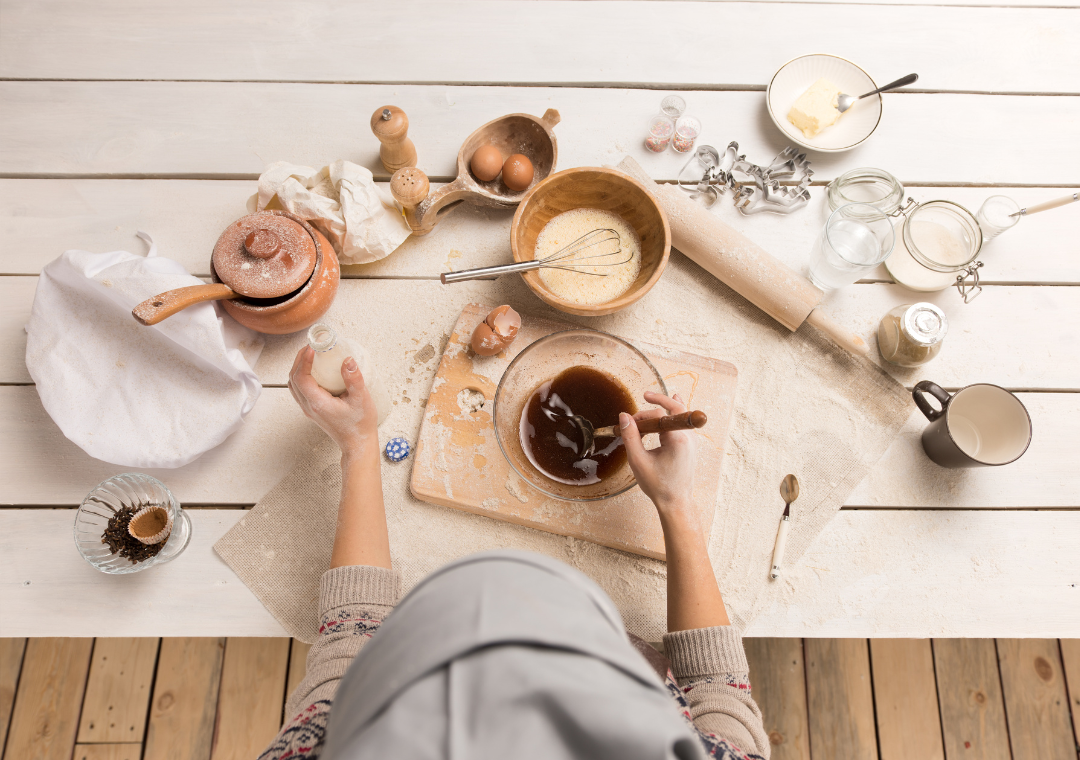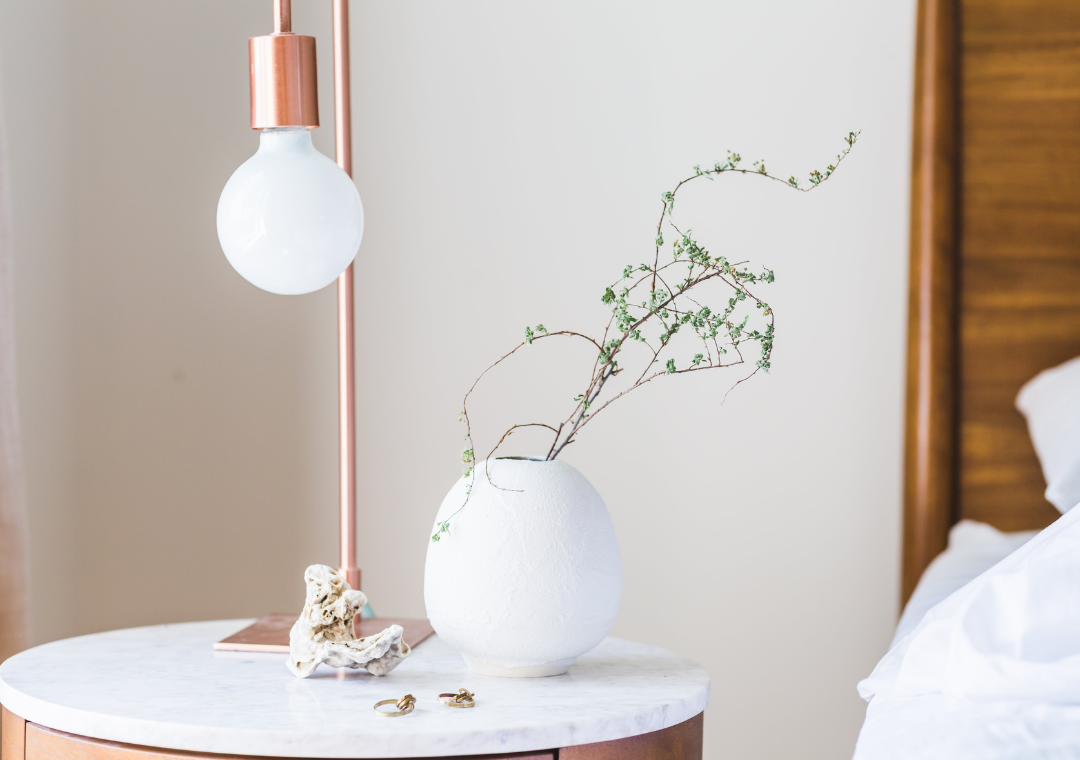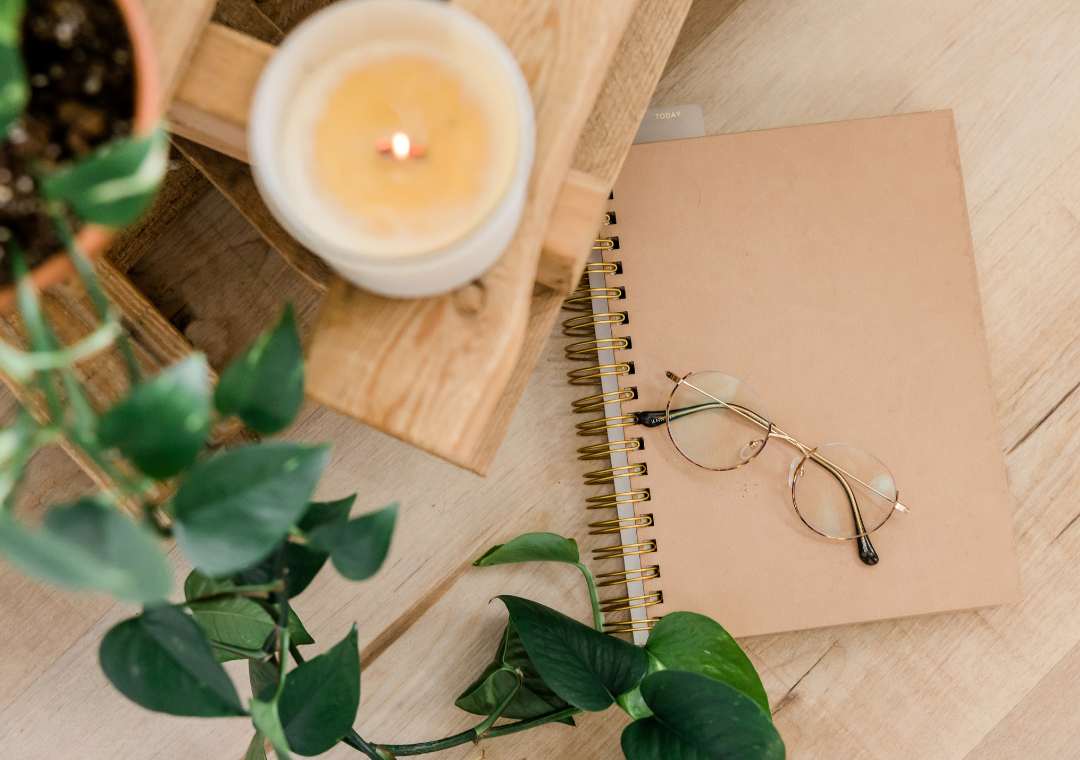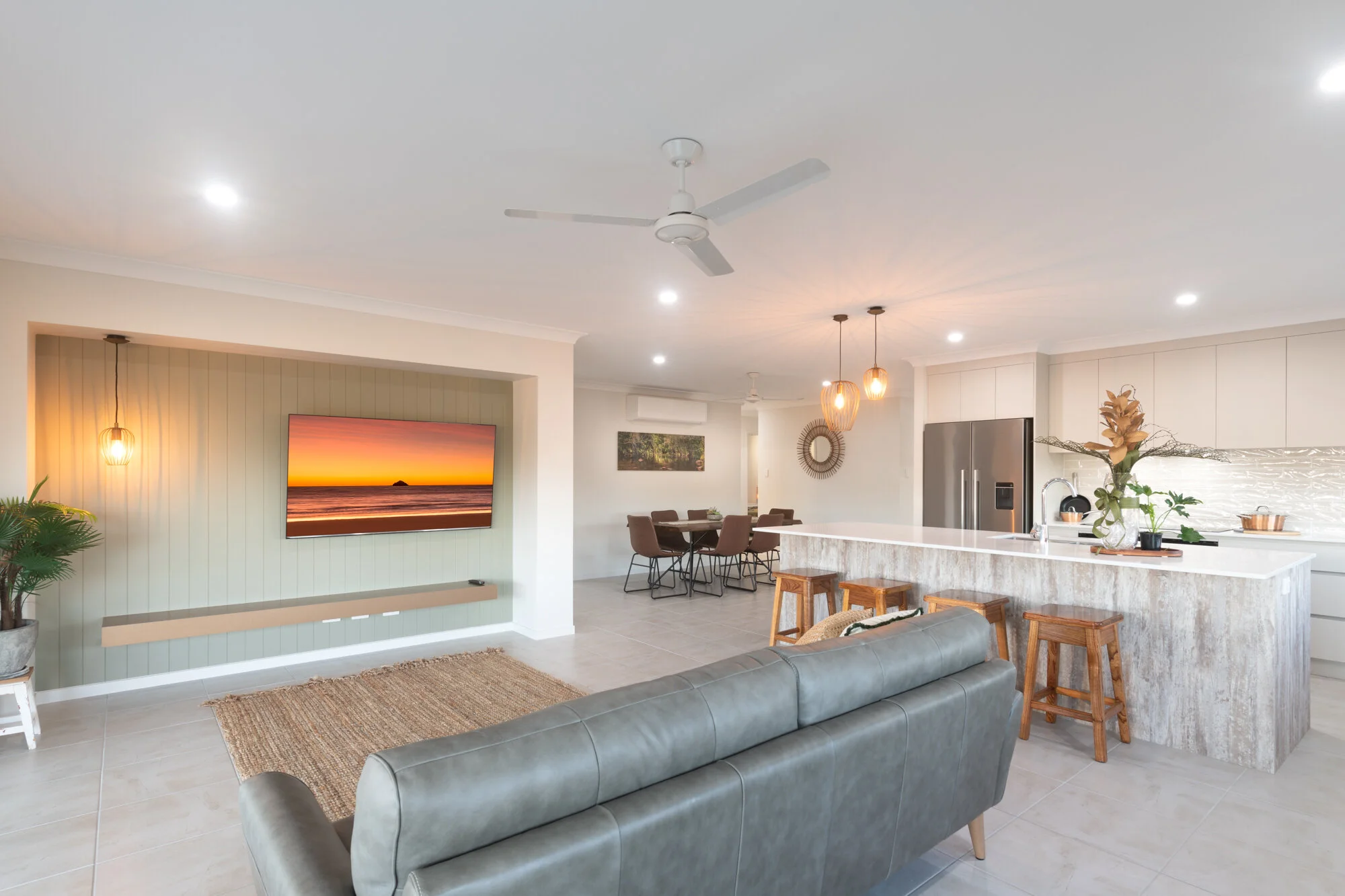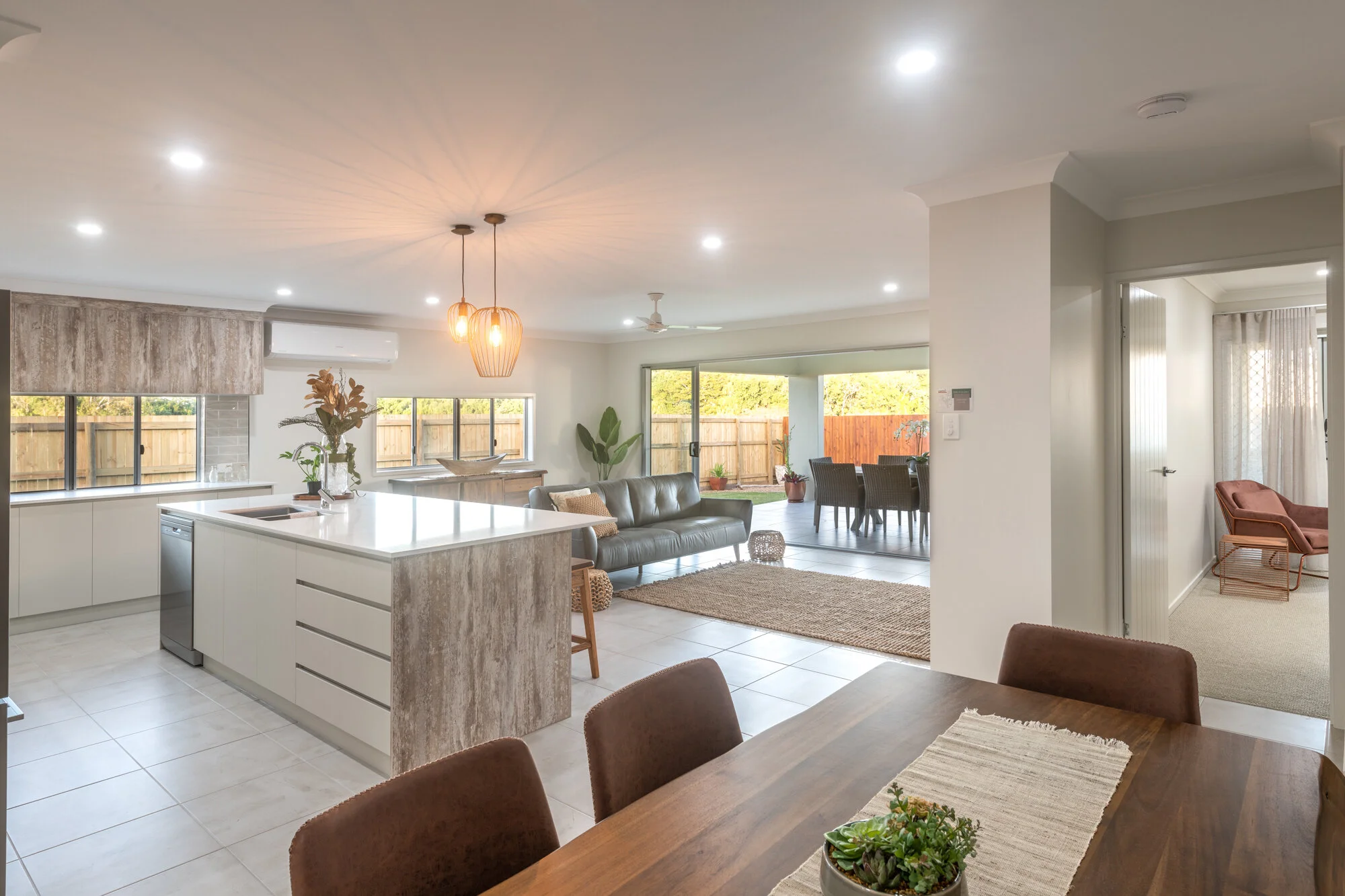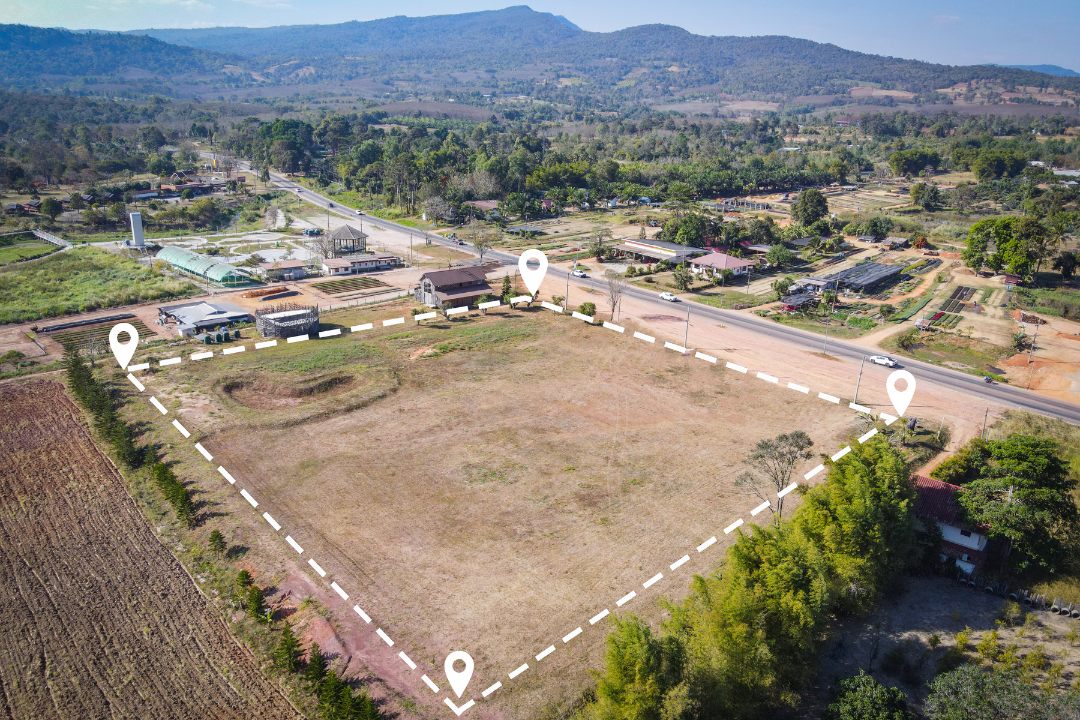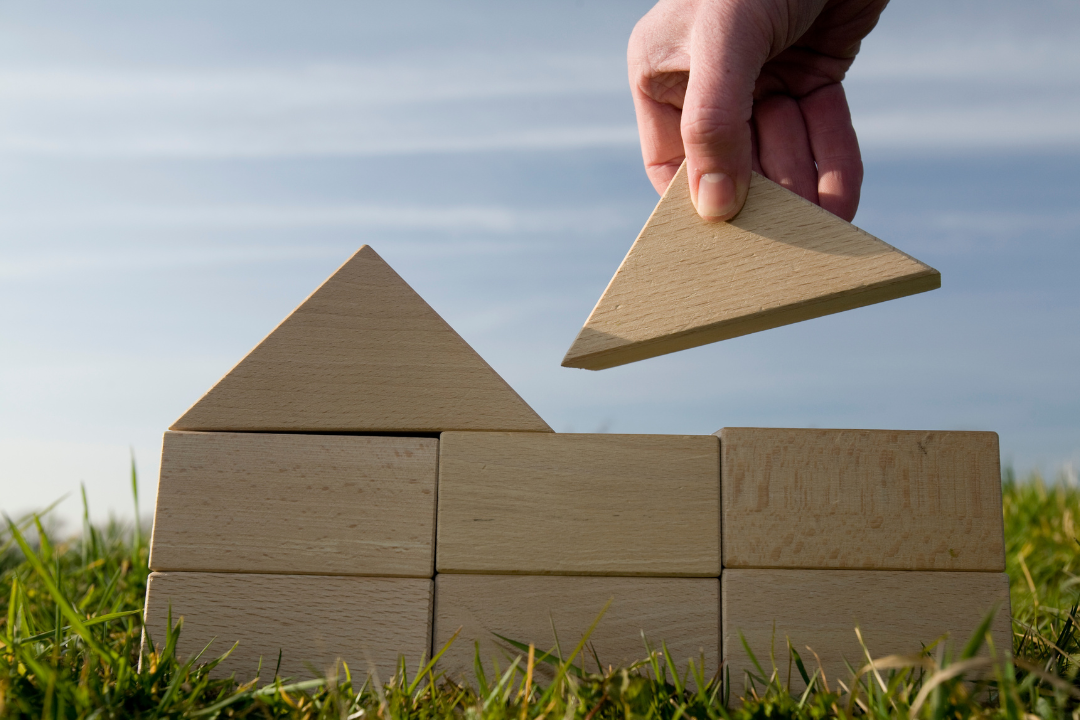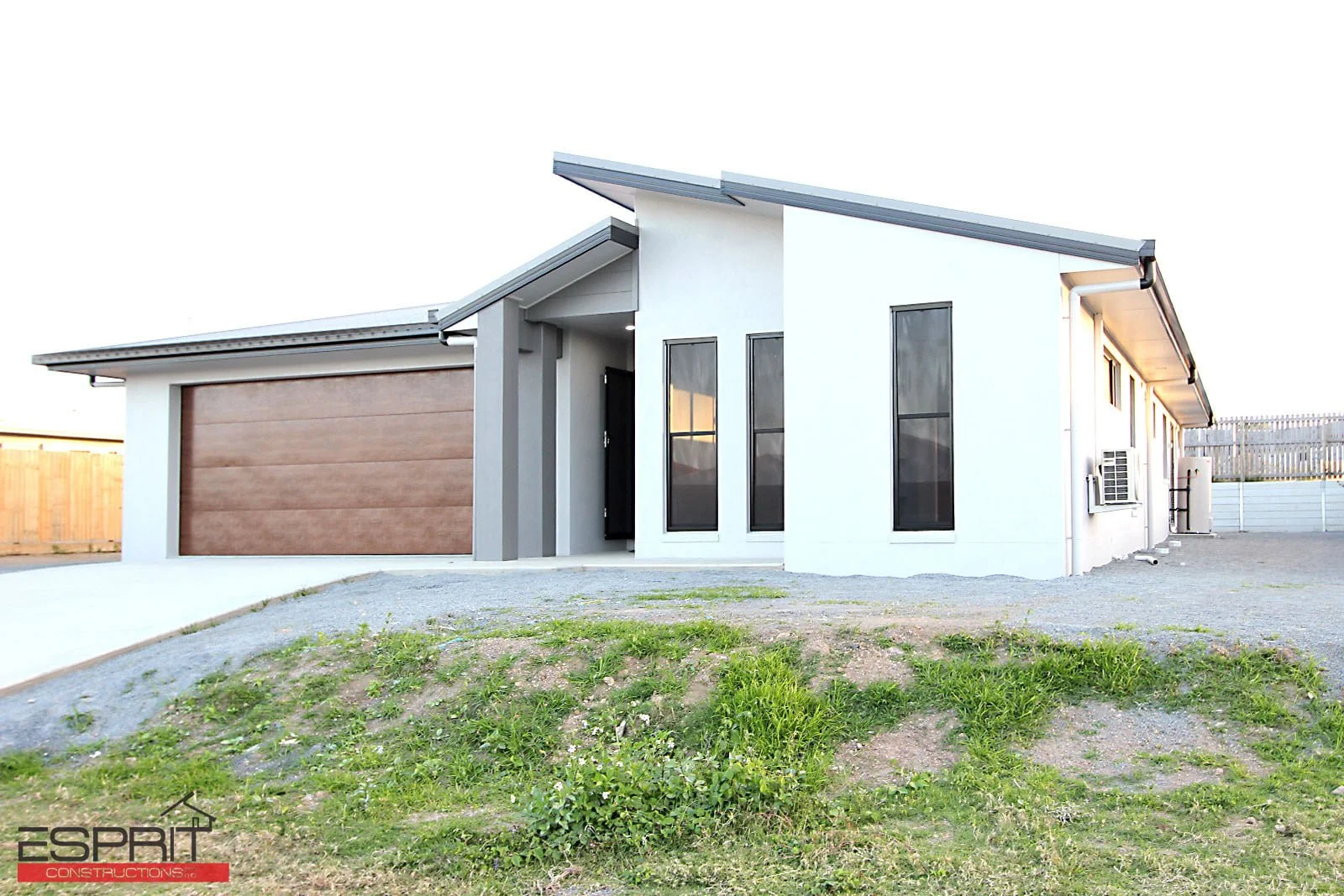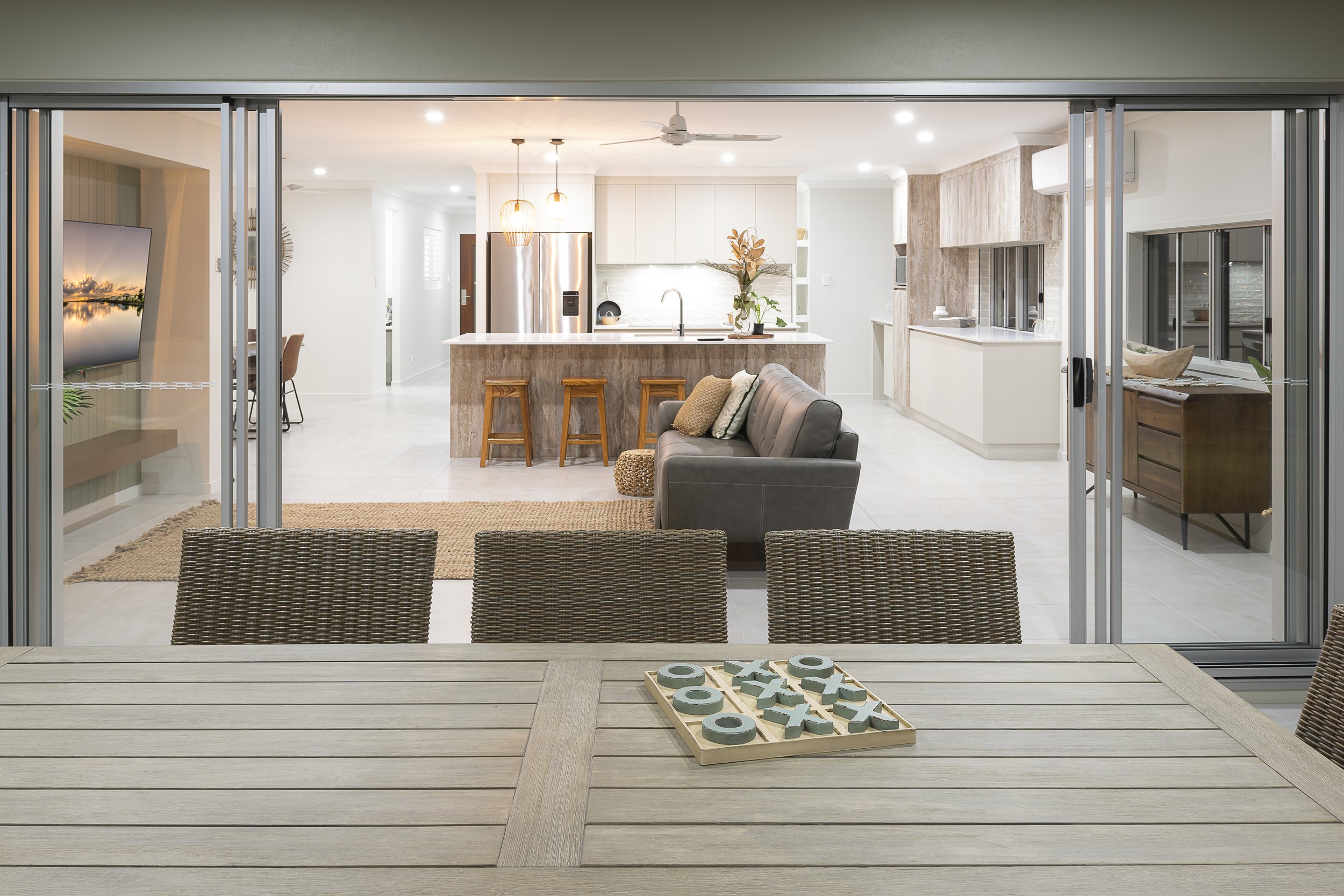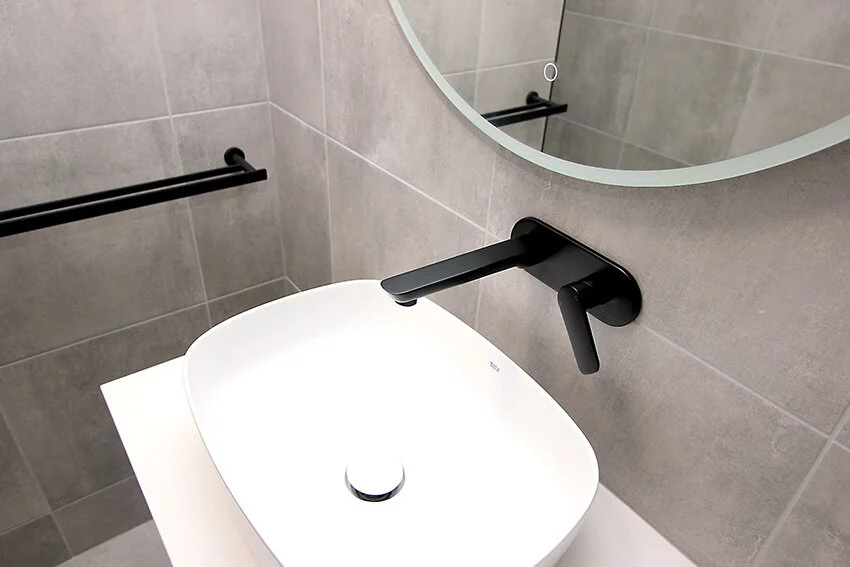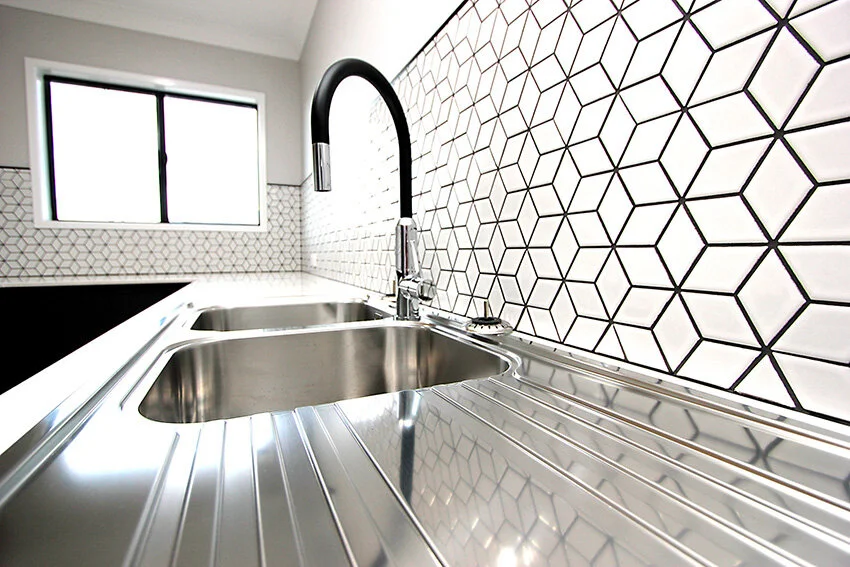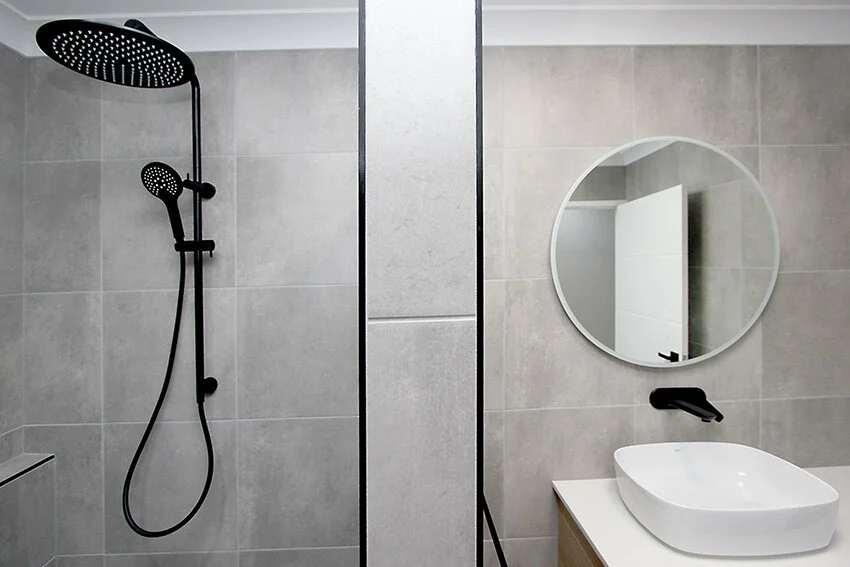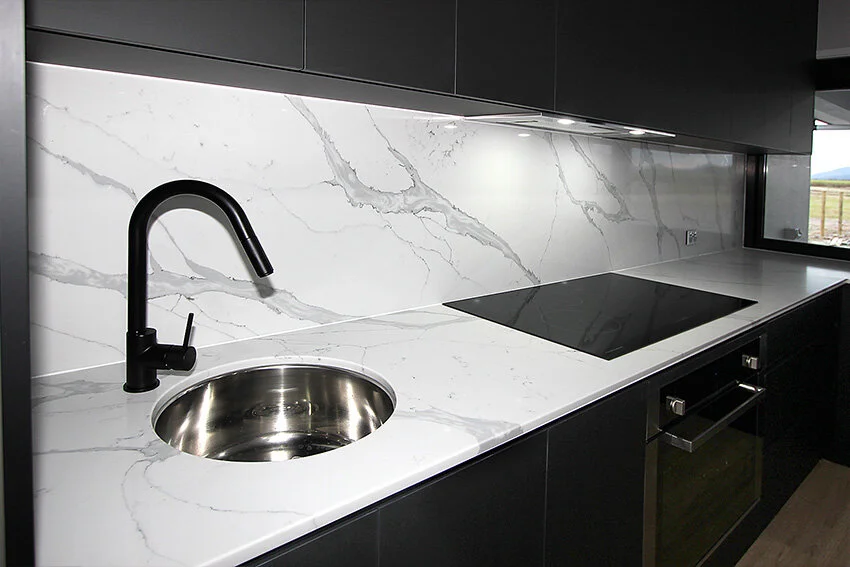If you're planning to buy or build your first home in Queensland, there’s some great news for the new financial year. The Queensland Government has extended and expanded several incentives to make home ownership more affordable and achievable.
Below is everything you need to know about the updated First Home Owner Grant (FHOG) and other new benefits for first-time buyers.
First Home Owner Grant Extended – $30,000 Until June 2026
The FHOG has been doubled to $30,000 and now extended until 30 June 2026. This means first-time buyers have an extra year to take advantage of the boosted grant.
To be eligible:
Your new home (including land) must be valued under $750,000
You must sign a contract or start building before 30 June 2026
The grant applies to new builds or substantially renovated homes
Stamp Duty Removed for First Home Buyers
From 1 May 2025, first home buyers purchasing a new home in Queensland can now benefit from full stamp duty exemption—a saving of up to $17,500 depending on the property price.
Combined with the $30k FHOG, this means some buyers could save over $45,000 in upfront costs!
You Can Now Rent Out a Spare Room
Another big change—first-home buyers can now rent out spare bedrooms in their new home without losing their grant or stamp duty exemption.
This is a game changer for many young buyers, making it easier to manage mortgage repayments and boost housing availability.
Key Eligibility Criteria
The core FHOG criteria remain unchanged:
You must be 18 years or older
Must be an Australian citizen or permanent resident
You (or your spouse) must not have owned property before
You must move into the home within 12 months and live there for at least 6 continuous months
What’s the Deadline?
To receive the $30,000 grant, your contract must be signed or your building must start before 30 June 2026.
After this date, the grant is expected to return to $15,000—so if you’re thinking of building, now’s the time to get moving!
Summary of 2025–26 Changes
ChangeDetailsFHOG amount$30,000 (until 30 June 2026)Stamp duty on new homesFully exempt (from 1 May 2025)Rental of spare roomsNow allowed from day oneProperty value cap$750,000 total (home + land)Residency requirementMove in within 12 months, live for 6 months
Thinking About Building Your First Home?
With these updates, there has never been a better time to consider building. The savings are substantial, and new flexibility gives you more options to make your dream home a reality.
Contact us today to find out how to get started or browse our range of affordable custom designs.
Note: This information is current as of June 2025. We recommend checking the official Queensland Government FHOG website or speaking to a qualified finance professional for the latest updates.








